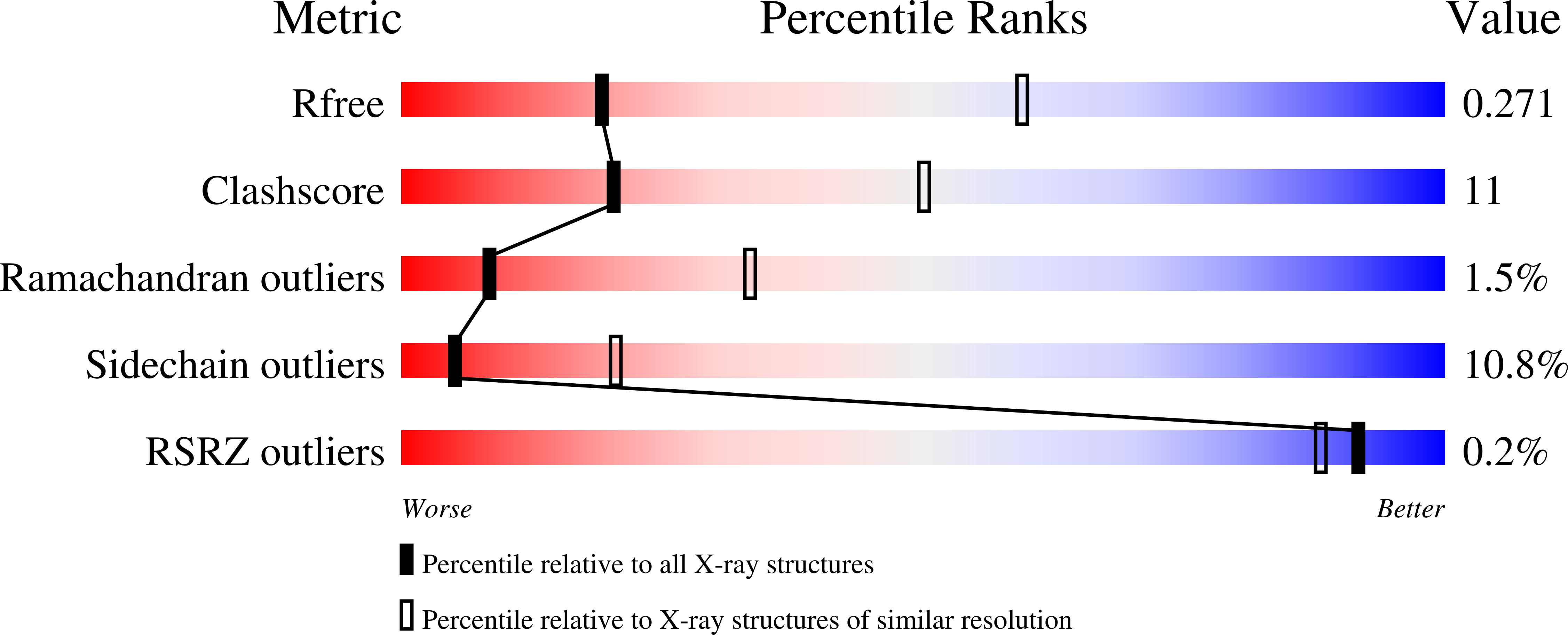
Deposition Date
2024-08-16
Release Date
2024-12-11
Last Version Date
2024-12-11
Entry Detail
PDB ID:
9D7Q
Keywords:
Title:
Water and chloride as allosteric inhibitors in WNK kinase osmosensing
Biological Source:
Source Organism:
Homo sapiens (Taxon ID: 9606)
Host Organism:
Method Details:
Experimental Method:
Resolution:
3.30 Å
R-Value Free:
0.26
R-Value Work:
0.17
Space Group:
P 1 21 1


